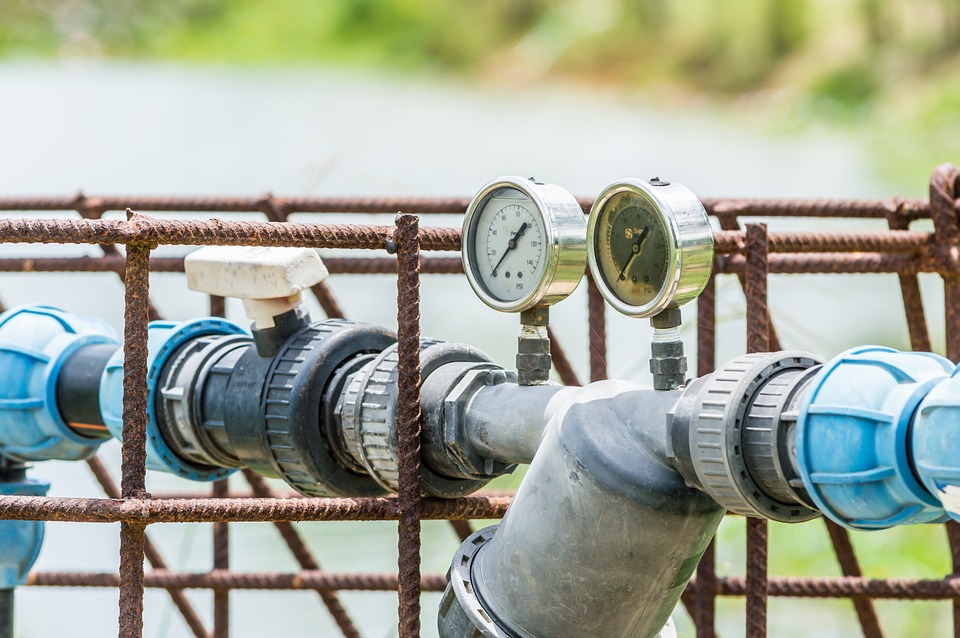Creating a Sustainable Garden Oasis: How to Incorporate Water-saving Features into Your Landscape Design
I remember the first time I started working on my sustainable garden oasis. It was a labor of love, and through trial and error, I discovered that incorporating water-saving features into my landscape design was crucial for success. As someone who has spent years living off the grid, I have learned the importance of using water wisely and implementing practices that conserve this precious resource. In this article, I will share my tips and tricks for creating a sustainable garden oasis and how to incorporate water-saving features into your landscape design.
Water is a precious resource, especially in the arid regions where I have lived and farmed. It’s important to make the most of every drop, especially when using water for your garden. By incorporating water-saving features into your landscape design, you can both conserve water and create a beautiful, sustainable oasis that can thrive in any climate.
1. Drought-resistant Plants
One of the easiest ways to conserve water in your garden is by choosing plants that are well-suited to your local climate. Drought-resistant plants have evolved to thrive in dry conditions, meaning they require less water than traditional garden plants. In addition to being water-saving, these plants are often low-maintenance and come in a wide variety of sizes, shapes, and colors, allowing you to create a diverse and interesting landscape.
Pro Tip: When choosing drought-resistant plants, consider native species that are well-adapted to your specific climate and soil. These plants are often the best choice for a water-saving garden.
2. Mulch
Mulch is an incredibly effective tool for water conservation in the garden. By covering the soil with a layer of organic material such as wood chips, straw, or grass clippings, you can reduce water evaporation, suppress weeds, and improve soil health. Mulch also helps to moderate soil temperature, keeping plant roots cool and moist during hot weather.
Pro Tip: Aim for a mulch depth of 2-4 inches to provide maximum water conservation benefits and to protect your plants from drought.
3. Rainwater Harvesting
Rainwater harvesting is an excellent way to collect and use water in your garden. By installing a simple rain barrel or a more elaborate rainwater collection system, you can capture free water from your roof and use it to irrigate your plants. Not only does this reduce your reliance on the municipal water supply, but it also helps to prevent stormwater runoff, which can carry pollutants into rivers and streams.
Pro Tip: Consider using rainwater not only for watering your plants but also for other purposes, such as washing your tools or filling a decorative fountain.
4. Efficient Irrigation Systems
An efficient irrigation system is essential for a water-saving garden. Drip irrigation, soaker hoses, and micro-sprinklers deliver water directly to the root zones of plants, reducing loss from evaporation and runoff. These systems can be easily tailored to the specific needs of different areas of your garden, ensuring that each plant receives the right amount of water at the right time.
Pro Tip: Group plants with similar water needs together and zone your irrigation system accordingly. This will help you to avoid both under and overwatering and ensure that your landscape is as water-efficient as possible.
5. Hardscaping and Design
Careful consideration of hardscaping and design elements can also contribute to water conservation in your garden. For example, using permeable paving materials allows rainwater to infiltrate into the soil, reducing runoff and the need for additional irrigation. Strategic placement of trees, arbors, and other shade structures can help to create cool microclimates, reducing water loss from evaporation and creating comfortable outdoor living spaces.
Pro Tip: Consider incorporating features such as a rain garden or bioswale into your landscape design to capture, filter, and redirect rainwater while adding visual interest and wildlife habitat.
In conclusion, creating a sustainable garden oasis and incorporating water-saving features into your landscape design is not only environmentally responsible but also a rewarding and enjoyable process. By choosing drought-resistant plants, using mulch, harvesting rainwater, implementing efficient irrigation systems, and incorporating thoughtful hardscaping and design elements, you can create a beautiful and low-maintenance garden that conserves water and benefits the environment. I hope that these tips and tricks inspire you to create your own water-saving garden oasis and that you find as much joy in the process as I have.



